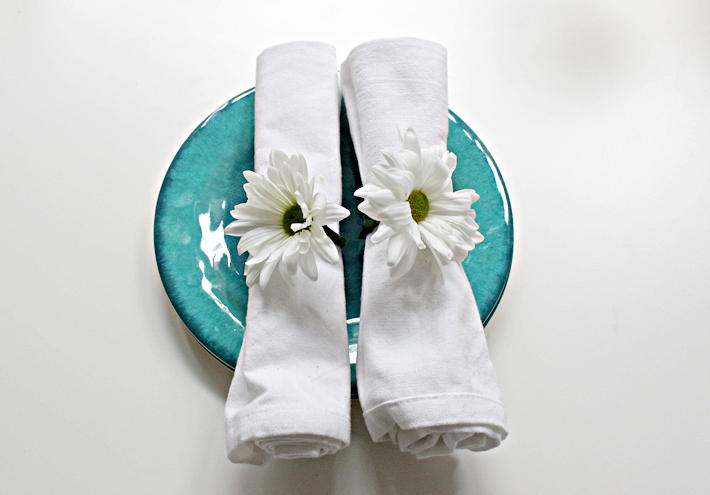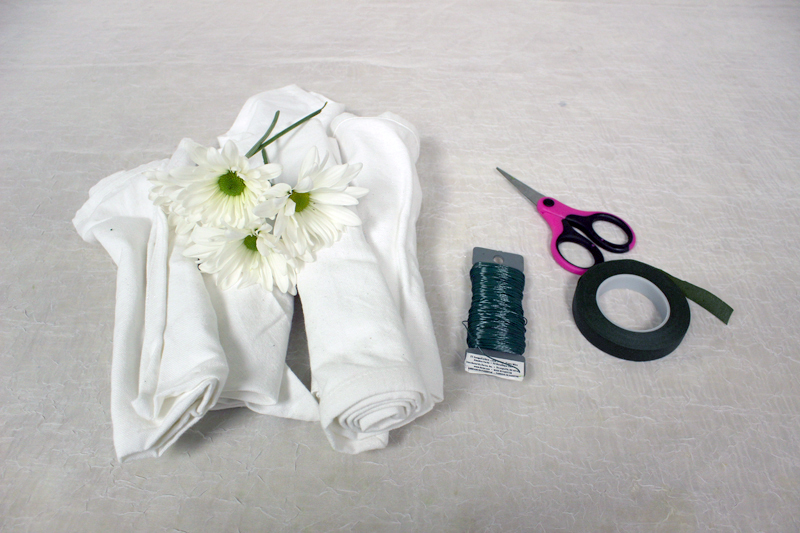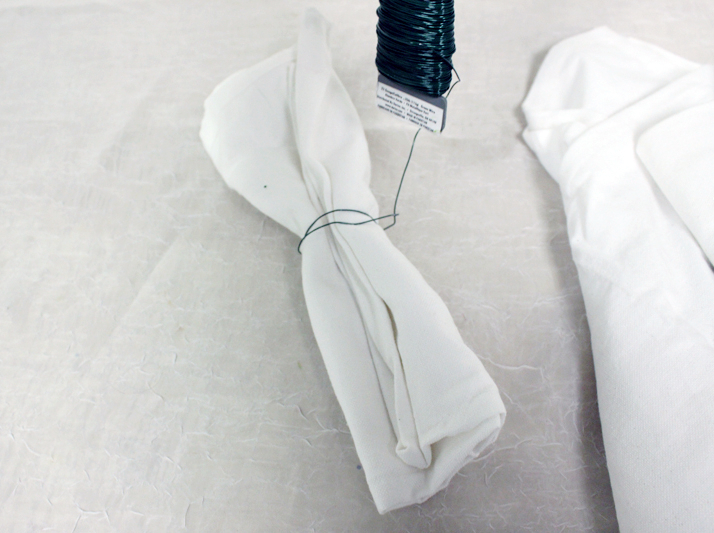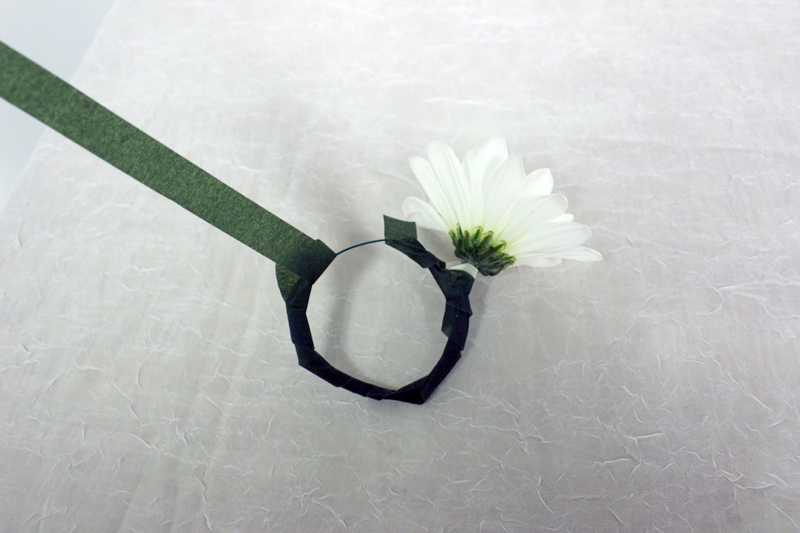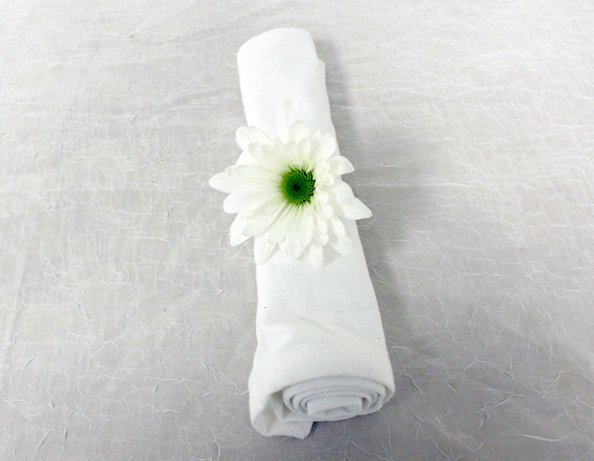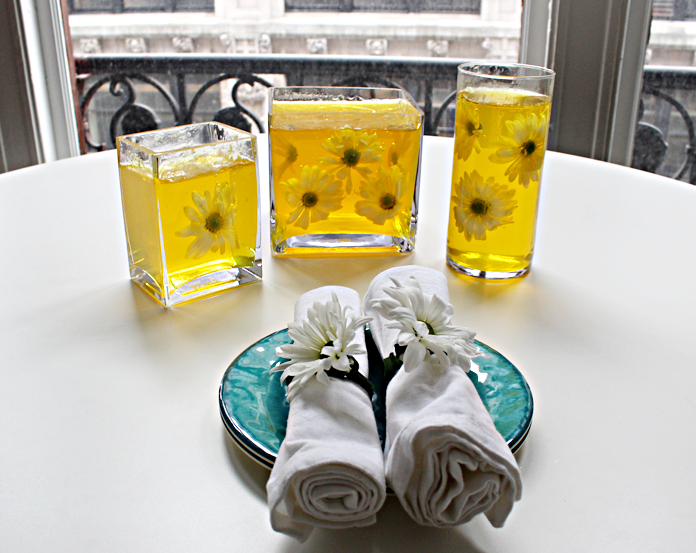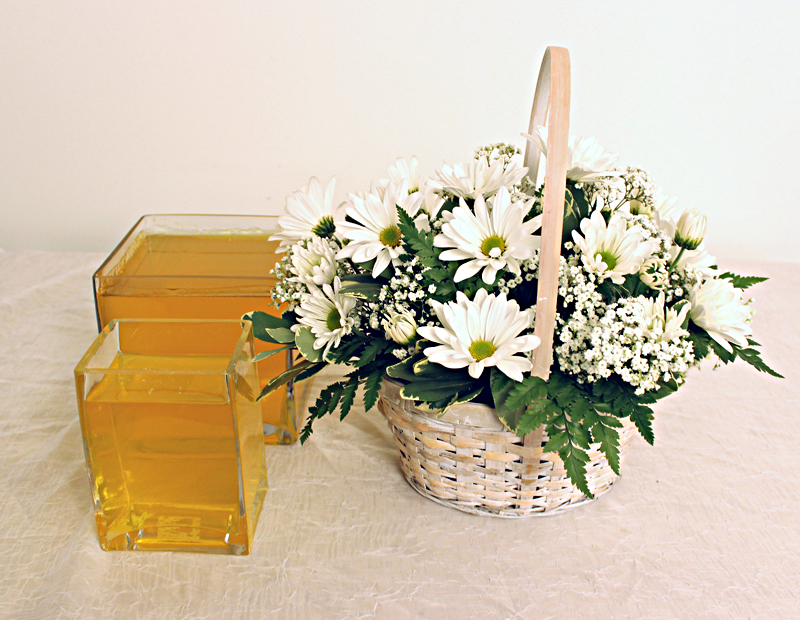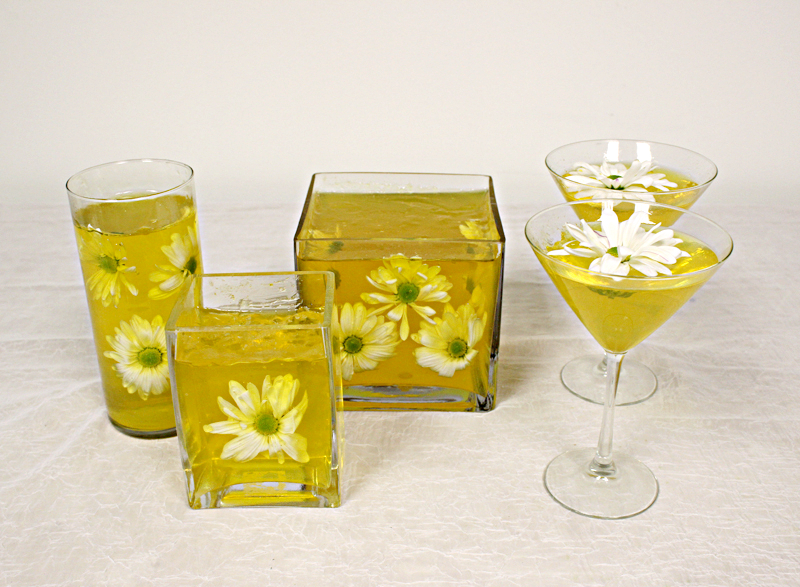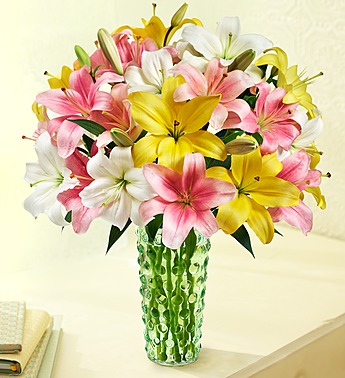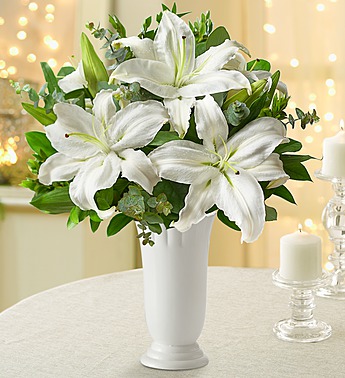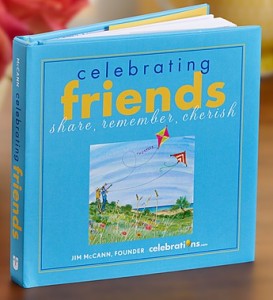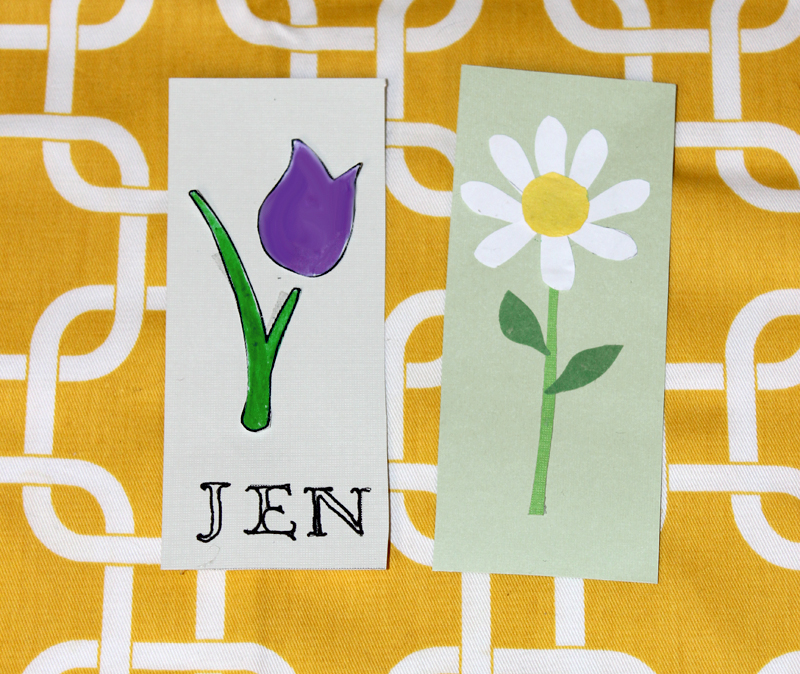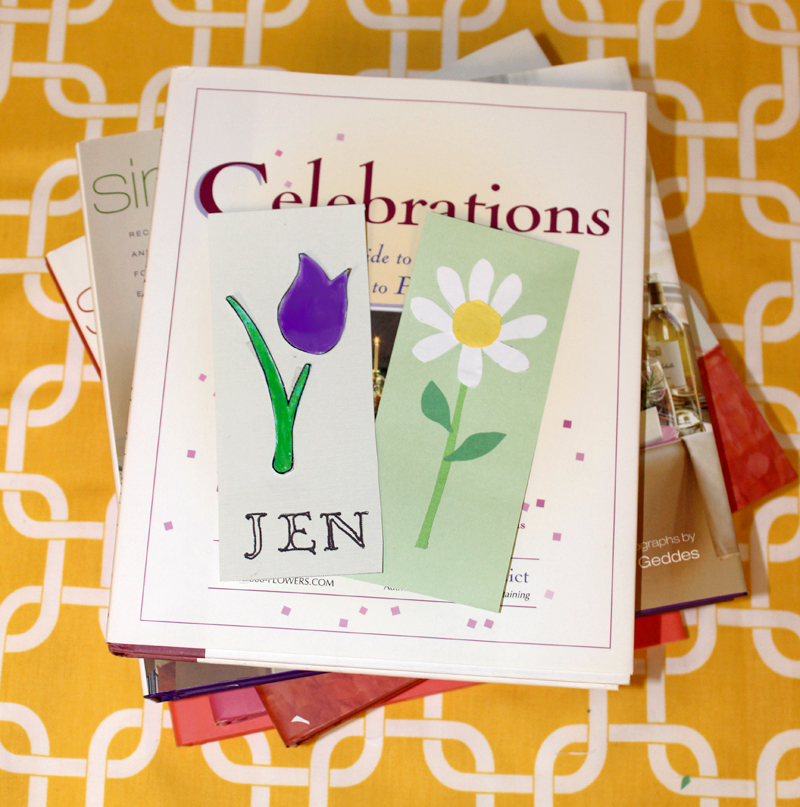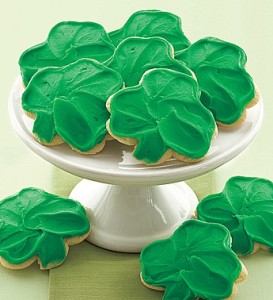Beautiful in form, lilies are one of the most popular and versatile flowers in the world. Coming in a variety of colors and known for its strong fragrance, this elegant bloom is a show-stopper on its own while also serving as the perfect compliment to any bouquet. In fact, lilies are one of the most popular flowers in the world.
History of lilies
Lilies have been a prominent symbol throughout history. One of the first records of this flower dates back to the Minoan Period (around 1580 B.C.), when it appears in a painting found in Crete, Greece. Even the Ancient Greeks held this flower dear, as they believed lilies sprouted from the milk of Hera, the Queen of the Gods. Roman mythology claimed that Venus, the goddess of beauty, envied the flower’s beauty, which caused it to grow the pistil in the center. Ancient Egyptians saw the power of this flower as well, as they included lilies in the funeral ceremonies for mummies.
As time went on, lilies continued to grow in popularity for religious occasions. In artwork, the Virgin Mary is often found holding white bundles of lilies, representing her purity. One of the most popular lilies is the Easter lily plant, which has become one of the most prominent symbols for Easter.
In Chinese culture, lilies are known to symbolize good luck and long lasting love.
In addition to their usage at religious ceremonies, lilies have also been used for medicinal purposes. The buds or oils of the lily have been known to reduce fever and make skin more firm, thus lessening wrinkles.
Lilies for special occasions and by color
Lilies are one of the most symbolic flowers in existence. Their symbolism is often determined by a specific occasion or the color of the lilies.
Lilies are the birth flower for May babies. They are also the traditional flower for 30th wedding anniversaries.
White lilies are one of the most popular funeral flowers as, by representing purity and giving off a fragrant and distinct scent, they provide comfort to the bereaved.
Pink stargazer lilies often symbolize prosperity, while orange lilies represent passion.
Peruvian lilies represent devotion and friendship, and the lily of the valley represents devotion and romance.
More fun lily facts
- Some lily buds are consumable and can be used in cooking.
- Lilies can range in size from 1 foot to 7 feet, depending on the type.
- There are dozens of plants and flowers with the word “lily” in their name that are not true lilies. These include the daylily and peace lily. True lilies must belong to the genus Lilium.
Types of lilies
There are over 100 different types of true lilies belonging to the Lilium genus. Lilies are found predominantly in the northern hemisphere.
Some of the most popular types of lilies include:
- Peruvian lilies (alstromeria)
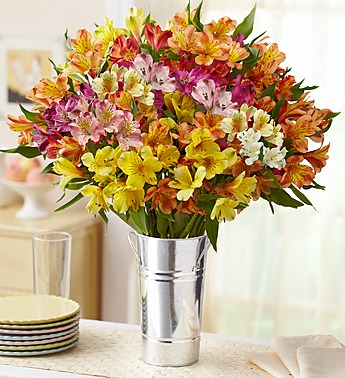
- Calla lilies
- Stargazer lilies
- Easter lily
- Tiger lily
- Lily of the valley
- Rock lilies
- Madonna lily
- Asiatic lily
- Oriental lily
- Amazon lily
- Yellow lily
- Turk’s Cap lily
- Bolander’s lily
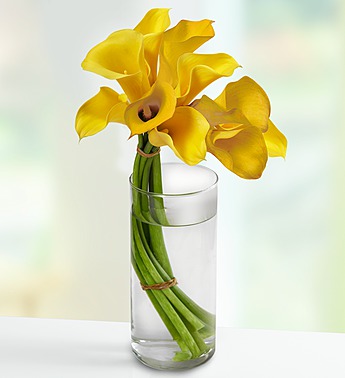
- Washington lily
- Panther lily
- Michigan lily
- Carolina lily
- Sandhills lily
- Swamp lily
- Fire lily
- Japanese lily
- Morningstar lily
- Siroi lily
- Water lily
